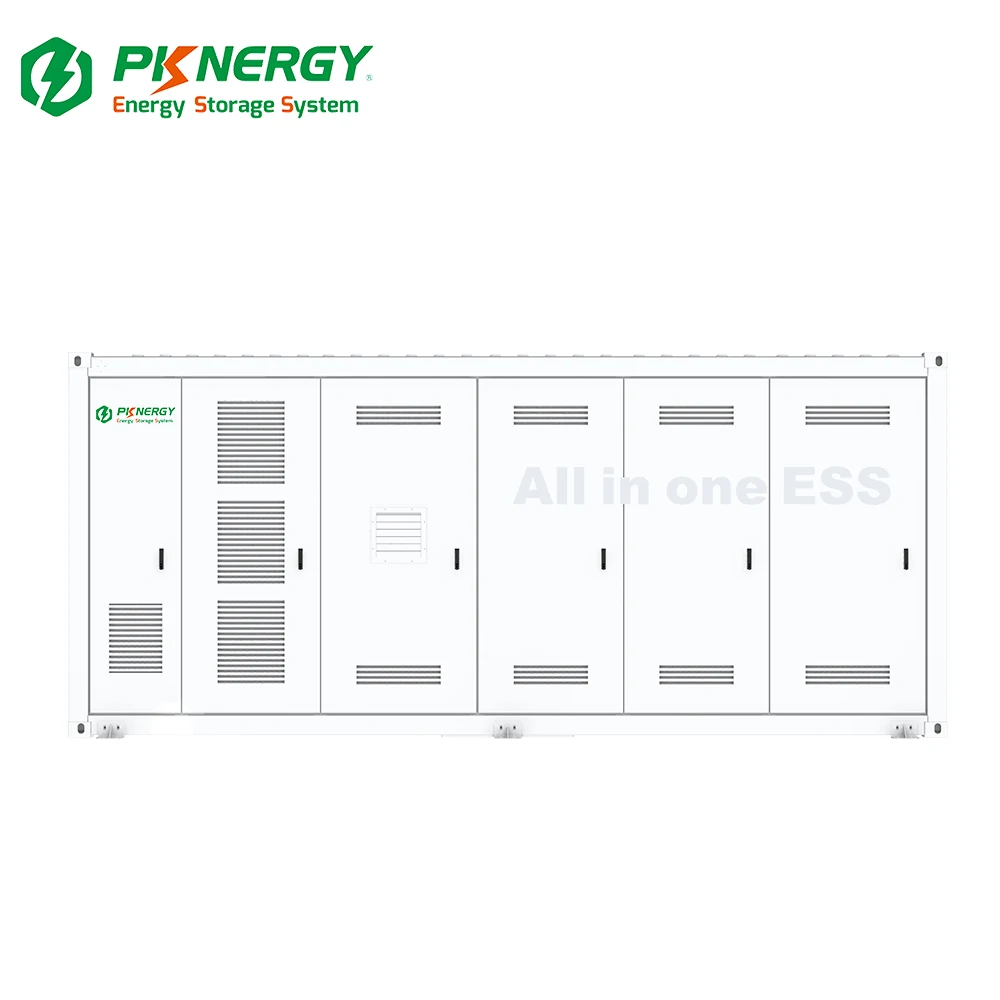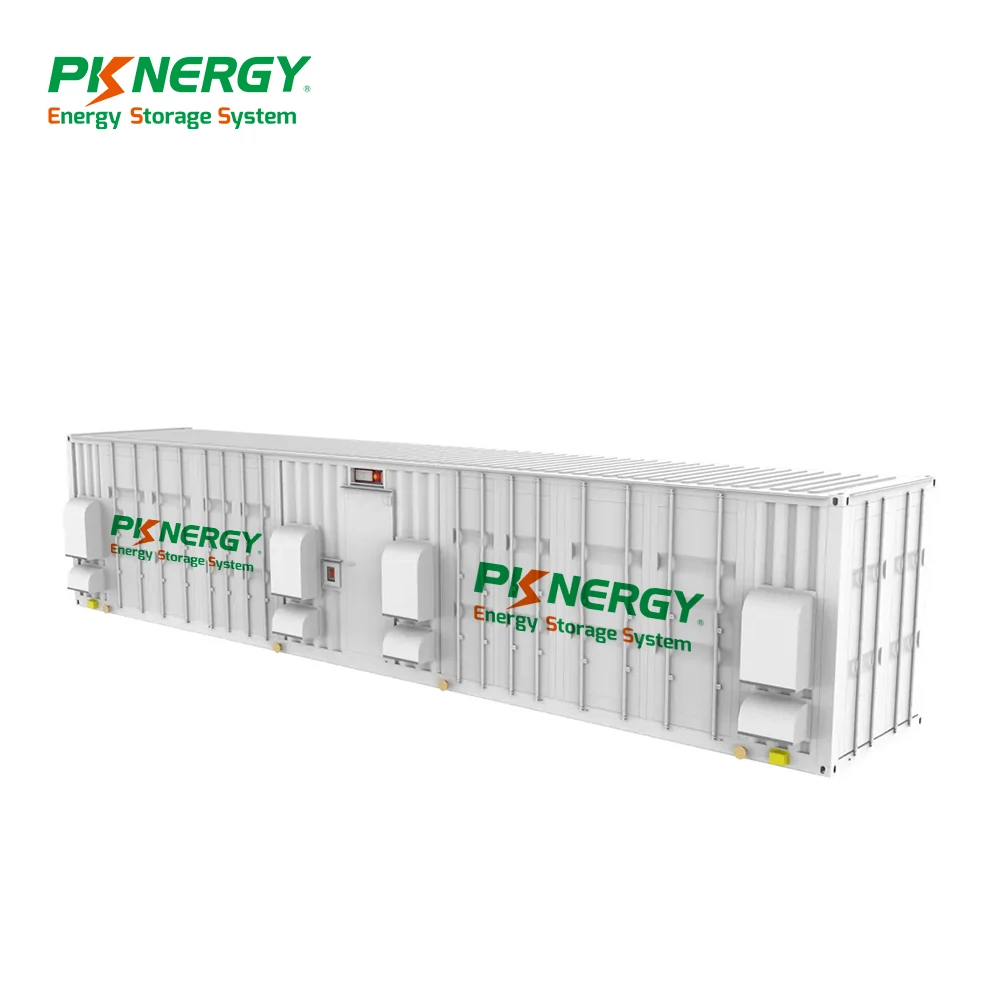
Pentingnya Sistem Penyimpanan Energi untuk Stasiun Basis Komunikasi
Dengan perluasan jaringan komunikasi global, terutama kemajuan 4G dan 5G, stasiun pangkalan komunikasi jarak jauh menjadi semakin penting. Banyak daerah terpencil yang tidak memiliki akses ke jaringan listrik tradisional, namun BTS membutuhkan catu daya 24/7 tanpa gangguan untuk mempertahankan layanan komunikasi yang stabil. Untuk BTS yang terletak di gurun atau lingkungan ekstrem lainnya, catu daya independen sangat penting, karena area ini tidak hanya berada di luar jangkauan jaringan listrik tetapi juga tidak cocok untuk generator bahan bakar karena kurangnya personel di tempat untuk pemeliharaan. Dalam kasus seperti itu, sistem penyimpanan energi memainkan peran penting, memastikan BTS tetap tidak terpengaruh oleh gangguan daya eksternal dan mempertahankan komunikasi yang stabil dan efisien.
Manfaat Sistem Penyimpanan Energi untuk Stasiun Basis Komunikasi Jarak Jauh
Mengurangi Biaya Energi
Stasiun pangkalan jarak jauh sering kali mengandalkan sistem daya independen. Generator bahan bakar tidak cocok untuk penggunaan jangka panjang tanpa personel di lokasi. Meskipun investasi awal dalam sistem baterai penyimpanan energi mungkin lebih tinggi, sistem ini tidak memerlukan konsumsi bahan bakar secara terus menerus dan dapat bertahan lebih dari 10 tahun, sehingga secara signifikan menurunkan biaya operasional dan pemeliharaan dari waktu ke waktu.
Meningkatkan Efisiensi Energi
Sistem penyimpanan energi dapat memanfaatkan sumber energi terbarukan seperti tenaga surya untuk mengisi daya dan melepaskan energi yang tersimpan selama periode permintaan puncak, sehingga meningkatkan efisiensi energi. Bahkan pada hari-hari yang kurang cerah, sistem penyimpanan memastikan operasi stasiun pangkalan tidak terganggu sambil meminimalkan ketergantungan pada sumber energi tradisional.
Meningkatkan Efisiensi Energi
Sistem penyimpanan energi dapat memanfaatkan sumber energi terbarukan seperti tenaga surya untuk mengisi daya dan melepaskan energi yang tersimpan selama periode permintaan puncak, sehingga meningkatkan efisiensi energi. Bahkan pada hari-hari yang kurang cerah, sistem penyimpanan memastikan operasi stasiun pangkalan tidak terganggu sambil meminimalkan ketergantungan pada sumber energi tradisional.
Mendukung Manajemen Beban dan Respons Permintaan
Sistem penyimpanan energi memungkinkan BTS untuk menyimpan energi selama periode permintaan rendah dan melepaskannya selama periode permintaan tinggi. Hal ini membantu mengurangi konsumsi daya dan mengoptimalkan biaya. Kelebihan energi yang dihasilkan selama periode cerah juga dapat disimpan, sehingga menghindari pemborosan.
PKNERGY menawarkan paket penyimpanan energi Communication Base Station gratis tanpa kewajiban dengan perkiraan penghematan biaya
Studi Kasus Sistem Penyimpanan Energi Stasiun Basis Komunikasi
Apa saja kebutuhan mereka?
Sebuah perusahaan telekomunikasi di Asia Tengah membangun stasiun pangkalan komunikasi di wilayah gurun yang jauh dari jaringan listrik. Karena kondisi iklim yang keras dan tidak adanya personel di lokasi untuk memelihara generator bahan bakar, perusahaan membutuhkan solusi yang andal untuk memastikan stasiun pangkalan beroperasi dengan stabil dan menghindari waktu henti komunikasi yang disebabkan oleh pemadaman listrik. Mereka memutuskan untuk mengadopsi sistem penyimpanan energi surya dan energi untuk memberi daya pada BTS.
Solusi PKNERGY
Tata Surya + Baterai Penyimpanan Energi 40kWh
PKNERGY merancang sistem penyimpanan energi surya + energi berdasarkan kebutuhan stasiun pangkalan, dengan konfigurasi berikut:
- Tenaga Panel Surya: 10 kWp
- Kapasitas Baterai Penyimpanan Energi: Baterai lithium besi fosfat 40 kWh
- Spesifikasi Inverter: Inverter yang diikat ke jaringan 10 kW
Pada siang hari, tata surya memberi daya pada stasiun pangkalan sambil menyimpan kelebihan energi di dalam baterai. Pada malam hari, sistem penyimpanan energi akan mengeluarkan daya untuk memasok daya ke stasiun pangkalan, memastikan komunikasi yang stabil selama 24 jam.
Apa yang mereka punya?
Sistem baterai memerlukan perawatan minimal dan memiliki masa pakai lebih dari 15 tahun. Diharapkan dapat menghemat sekitar $18.000 dalam biaya bahan bakar dan pemeliharaan selama 10 tahun. Sistem ini beroperasi dengan andal dalam kondisi tanpa pengawasan, memberikan proses perawatan yang sederhana dan penghematan biaya jangka panjang sekaligus memastikan layanan komunikasi yang stabil sepanjang waktu.
Menghemat Uang, Melindungi Lingkungan
PKNERGY membantu Anda mengurangi tagihan energi untuk penyimpanan energi surya di rumah Anda, menyimpan energi surya untuk digunakan kapan saja - di malam hari atau saat pemadaman listrik.







